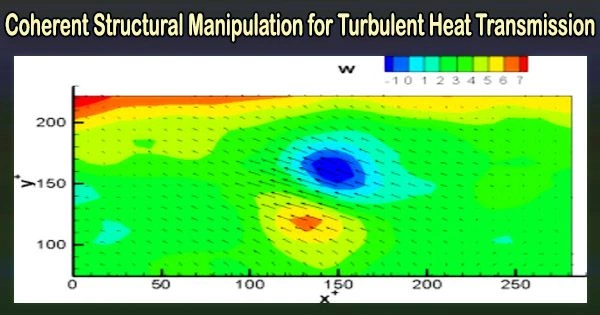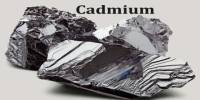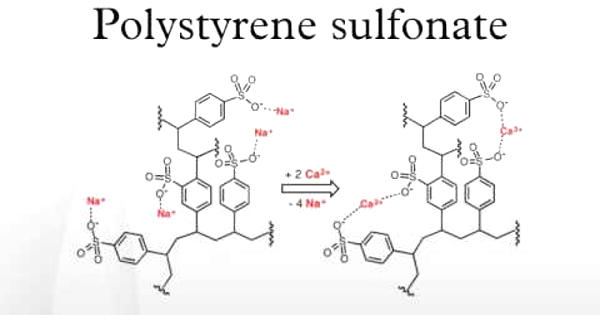Turbulent heat transmission refers to the transfer of heat between a fluid and a solid surface when the fluid flow is turbulent. Turbulence occurs when the fluid flow becomes irregular and chaotic, characterized by the formation of eddies and fluctuations in velocity, pressure, and temperature.
Prof. Ke-Qing Xia (Southern University of Science and Technology, Shenzhen, China) and his collaborators, mainly based on their research work over the past ten years, review this topic.
Fluid turbulence has drawn a lot of interest from the academic and engineering worlds as it is the final unresolved issue in classical physics. One distinguishing characteristic of turbulent flows is the presence of coherent structures, which are spatial-temporally correlated over a variety of scales, in contrast to wholly disordered systems.
These coherent structures have long been recognized as the main means of mass, momentum, and heat transmission in turbulence.
However, how to manage coherent structures to govern turbulent transport has long been a problem because of the intrinsic properties of turbulent flows, such as significant nonlinearity and strong dissipation.
In the past decade, Prof. Xia’s team have made significant progresses in this issue. Through a series of investigations into the turbulent Rayleigh-Bénard convection, a canonical thermal turbulence system, they uncovered a fresh method for adjusting turbulent heat transfer that involves straightforward geometrical confinement and coherent structure modification.
According to this process, thermal structure coherency which is determined by their geometrical characteristics controls heat transfer efficiency rather than turbulence intensity.
As a result, although though the resulting flow is substantially slower, the heat transmission efficiency can be significantly increased. It’s crucial to note that this mechanism fundamentally differs from the common heat-management strategy based on the traditional understanding of wall-bounded turbulence, which often focuses on directly altering the diffusion-dominant boundary layer to boost or inhibit turbulent heat transfer.
In the review article, Prof. Xia and his collaborators introduced, and explained in detail, the physical picture behind this newly discovered mechanism, and discussed its potential applications in passive thermal management (such as electronics cooling).
Moreover, by introducing additional examples of thermal turbulence systems that are subject to various dynamical processes (including rotation, double-diffusion, magnetic field, tilting, modification by polymer additive and so on), they further demonstrate how the framework of coherent structure manipulation can be generalized to understand heat transport behaviors in seemingly different turbulence systems in a unified way.
This universal mechanism is expected to be realized in other types of turbulent flows.
This review article offers some potential future routes and discusses more significant advancements in this area of study. These not only advance the fields of turbulence and heat transfer research, but also the design and creation of engineering systems with adjustable transport efficiency.
















